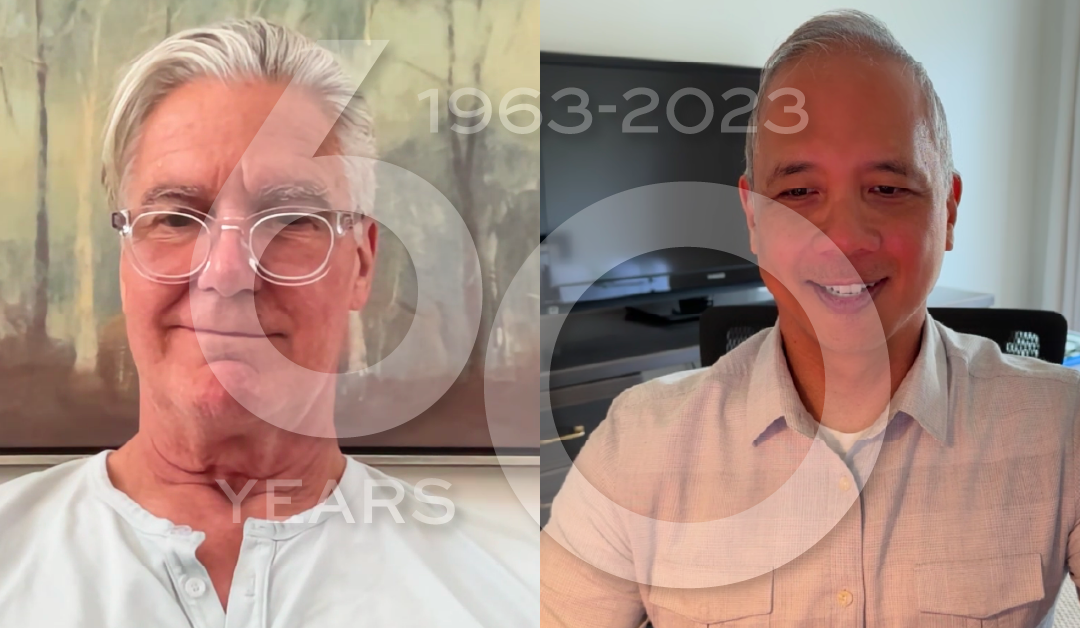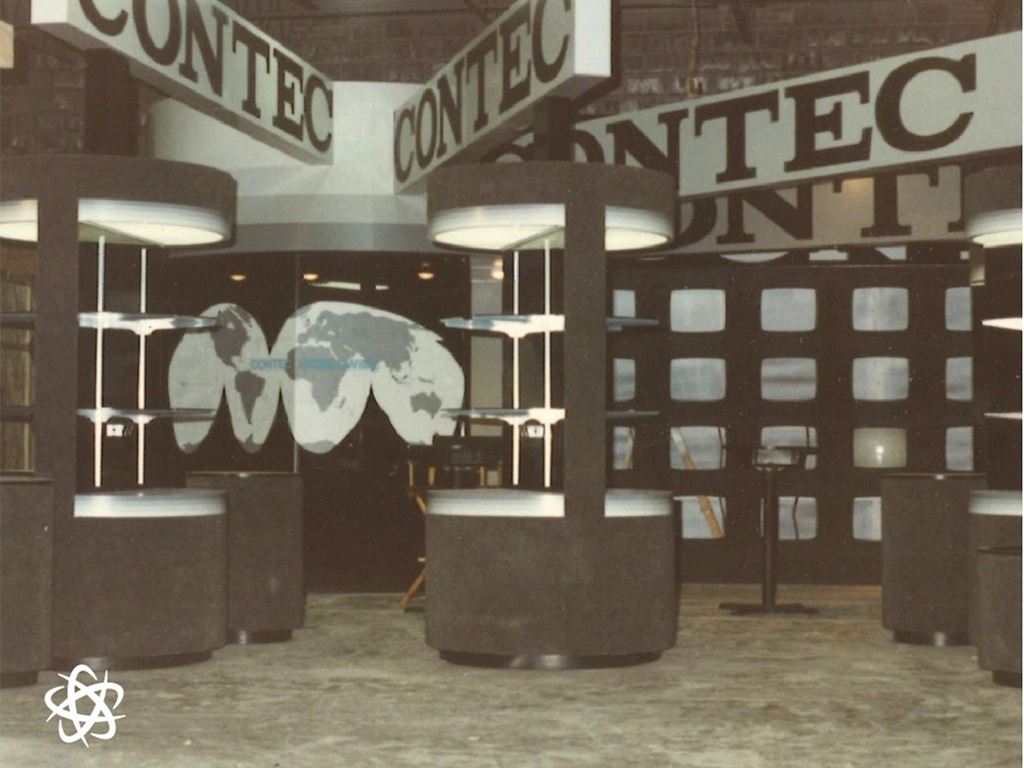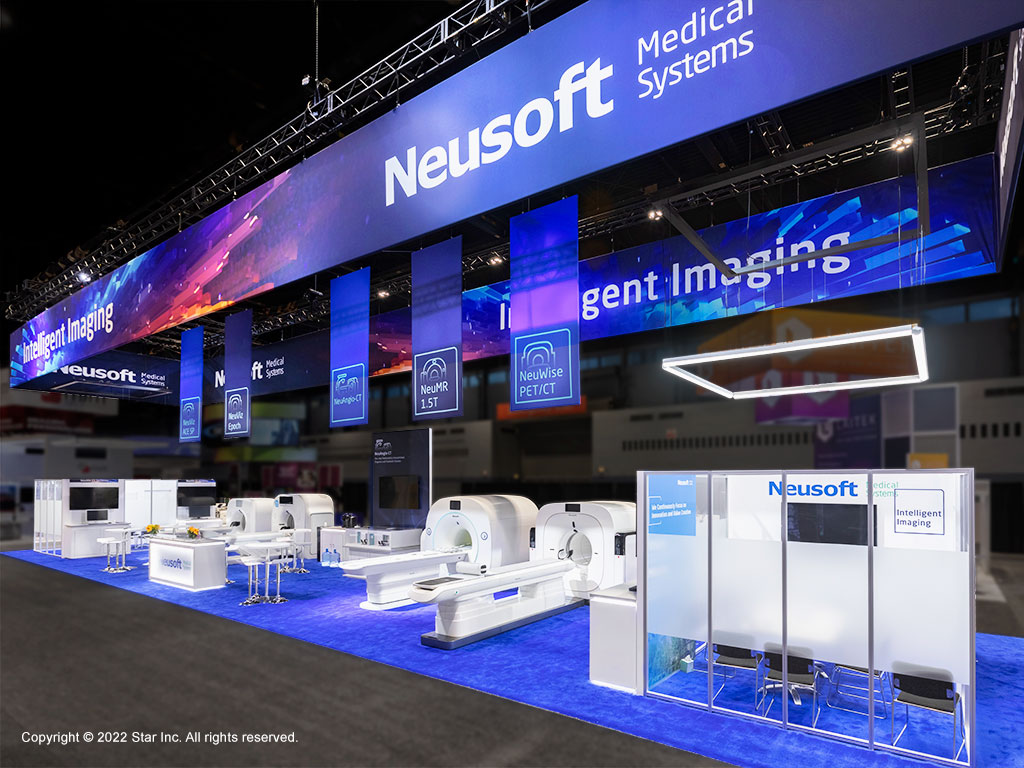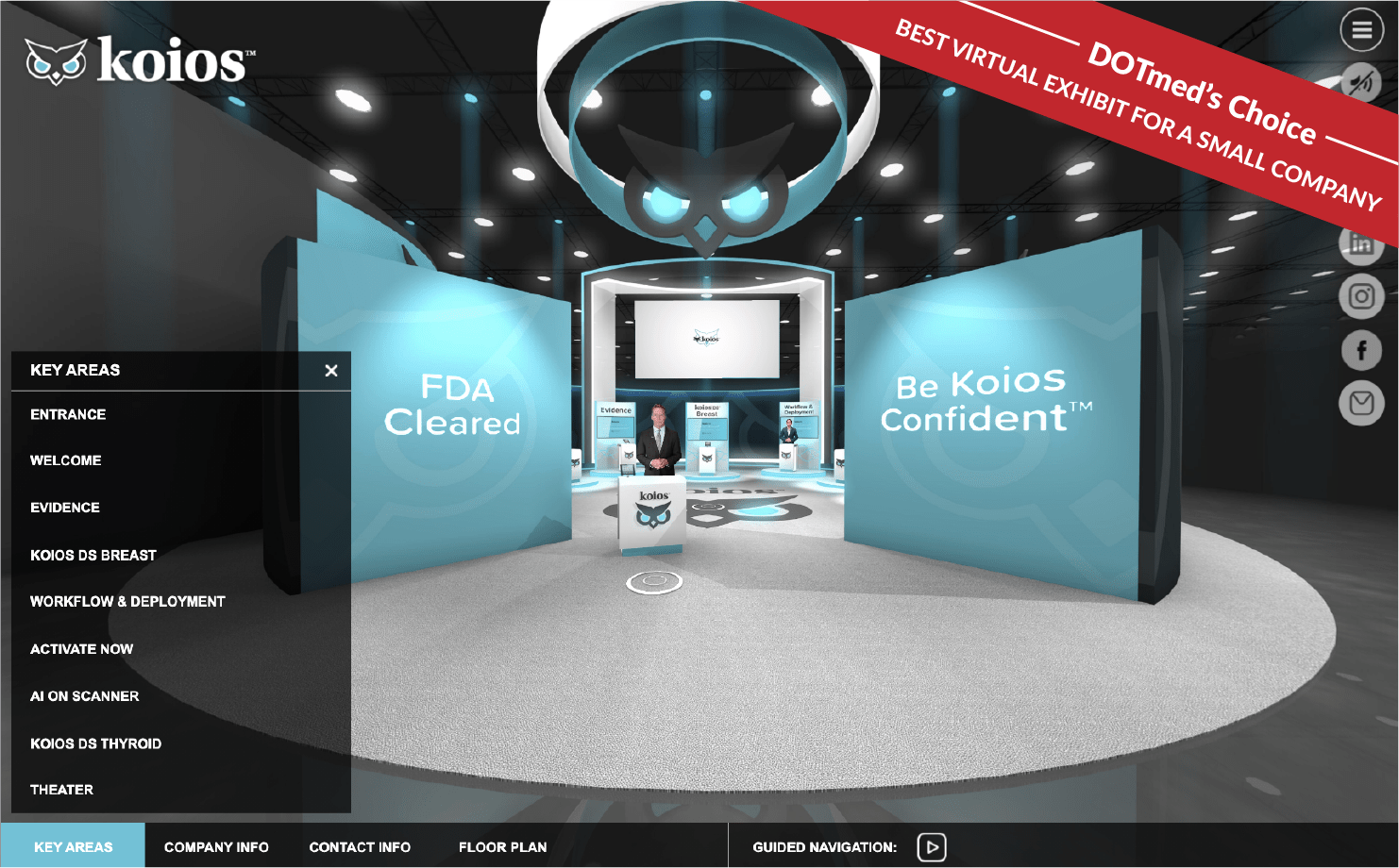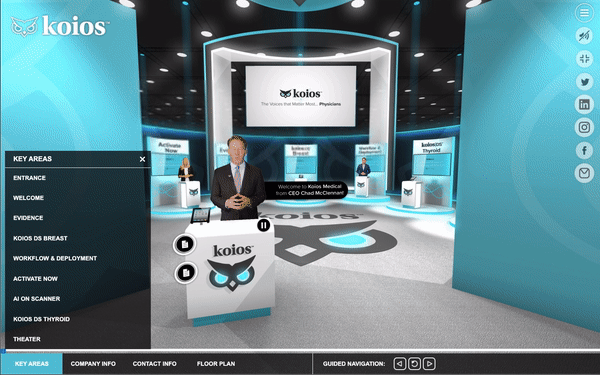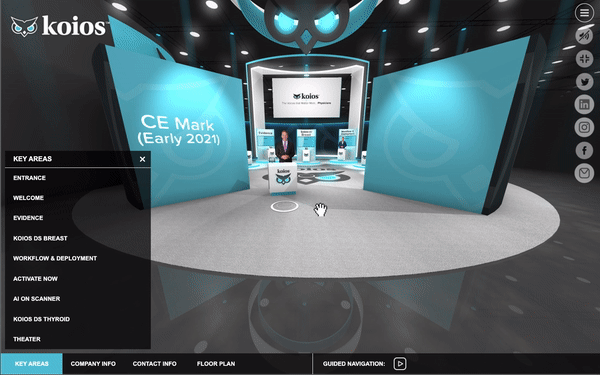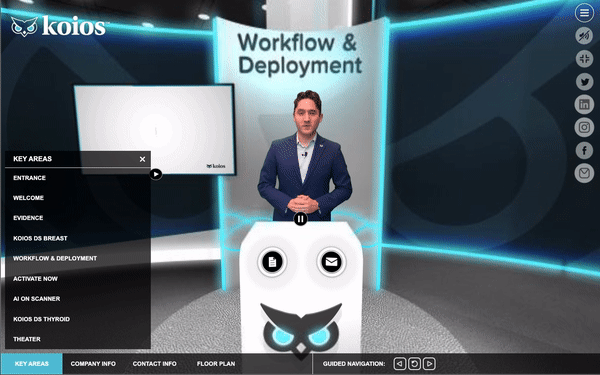Celebrating 60 years in business is a milestone for any company, but that’s especially true in the trade show industry.
Star, a full-service exhibit company that designs and creates custom exhibits for trade shows, conferences, and other events, has continued to grow and evolve in an industry that has changed dramatically over the years.
Star’s president, Larry Holtz, and executive vice president, Ray Cruz, share how the company has remained successful. They discuss how it has leveraged changes in the industry and technology to create dynamic and engaging exhibits that bring their clients’ brands to life.
Interviewer: Sixty years – congratulations! Tell me a bit about your history and how Star has evolved over the years.
LH: Thank you! We’re very proud of reaching that milestone.
Looking back, it’s definitely been an evolution at Star. We started as a sign company, and then as the company grew and the trade show industry blossomed, we started working with marketing and ad agencies to build trade show exhibits for their clients (or trade show displays as they were referred to back then.)
After graduating from college, I joined the company in 1976. My father, Lester, was part of the management team. And eventually, my father, brother John and I purchased the company from the original stakeholders. From there we established internal sales and design teams so we could start proactively selling our services and offering exhibit design services directly.
Throughout the decades, we’ve continued to enhance our capabilities and suite of services to adapt to shifts in our industry, emerging business technologies, and the changing needs of our customers.
Interviewer: What changes and shifts have impacted Star the most?
LH: Well the introduction of the portable exhibit during the ‘80s was one. It used to be that exhibits were constructed only of raw materials. Like wood, plastic and metals. But when the pop-up exhibit entered the marketplace, it provided exhibiting options that were now portable and lightweight. It also creates more cost-effective than the traditional custom trade show exhibit. It really changes how some customers view and participate in trade shows.
To stay competitive, we had to adjust our design sensibilities and becoming more innovative in our designs. We created lighter-weight solutions. Even to this day, we maintain that design approach to manage exhibit related costs such as transportation, drayage, and install.
RC: Advancements in specific technologies also have a significant impact to many aspects of our business — including design, project management, sales and marketing.
LH: Yes — most definitely. From a design perspective for example — by the ‘90s, with the advancements in computer technology — we migrated to the computer as our primary exhibit design tool.
It used to be that we would present our design concepts as hand-drawn design illustrations created using traditional pen and marker. Now our entire design and visualization workflows are done completely on the computer. Gone are the hand drawn illustrations. Today our exhibit designers use a variety of computer-based 3D and other design software to render photorealistic images of our exhibit design concepts, complete with accurate details including client product placement, graphics, lighting, furnishings, and other exhibit elements.
And now we can easily render multiple views, or create animated or even virtual tours of our exhibit design concepts. These are design and visualization options only made possible through the computer, and it’s now become the standard in our industry.
Design Evolution: Virtual Exhibit for Koios
Design Evolution: Exhibit with Custom Lighting Effects
RC: Evolution of digital media and the internet and various online technologies have had such a huge impact on our company. From a marketing, sales and project management standpoint.
Printed marketing materials have been replaced with online digital content found on our website and social media platforms. Cold-calling has been replaced with emails and other online communication tools. And our project management has been streamlined through the use of cloud application platforms. This allows us to communicate, manage and track our projects efficiently online. While also increasing engagement and accessibility to key project content.
LH: Through the internet, our reach has expanded to a global marketplace. Online and digital technology has also changed the way we communicate with buyers. It used to be that you’d cold-call a company, and you’d have a phone conversations with a prospect or customer, but today’s buyer demographic has changed. That includes their communication preferences. It’s switched from phone conversations to communicating via email, web, or other online collaboration tools. Technology has really changed the sales and engagement process.
Interviewer: What are the newer or emerging technologies that you think will impact Star?
LH: From a design standpoint, some of the things we incorporate into a design didn’t exist 20 years ago — flat-panel displays, for example. As technologies emerge, it’s up to the designer to stay on top of things and incorporate them into the design so they are current and relevant.
From a production standpoint, there’s technologies such as 3D printing that now allow us to effectively produce small custom exhibit components. Computer Numeric Controlled (CNC) technologies continue to evolve as well, streamlining and speeding up our production workflows of exhibit panels and other structural elements.
Interviewer: How did the pandemic affect your company?
LH: Well, when the pandemic started, it immediately put a halt to all in-person trade shows and events. So our trade show projects were cancelled or put on hold. We tried to pivot to virtual event formats as many people did during that time — and we found some successes with that medium. We stayed hopeful and looked forward to in-person events returning.
During that time, we were concerned that virtual trade shows and events would become the norm. And while it did change how many people communicated (even to this day) — luckily for us and everyone related to the events and exposition industry. It did not replace the need for people and businesses to still meet in person for that live engagement.
And as the pandemic settled down, and restrictions on in-person activities were lessened and people could return to meeting in person again — what we found was that trade shows did not go away. In fact, the industry rebounded with a renewed energy! We truly believe it’s because people continue to have the need to interact, share ideas, and engage with other people. Eye-to-eye and knee-to-knee. In person events also continue to be a place to entertain. Virtual events found a place, but it didn’t replace the traditional trade show.
Interviewer: What do you attribute to your successes?
RC: I believe the main key to our success is that we’ve never wavered from our company’s mission of transforming ideas into dynamic exhibits and environments, and our vision of exceeding our customers’ expectations every day with a team of creative professionals. That’s the core of what we do and how we do it.
Most importantly, we also sincerely believe in the Golden Circle model from leadership expert Simon Sinek. It challenges us to also focus on “why” we do what we do. Not many organizations spend the time to understand that, let alone actually know the answer to that question. For us, we do this because we truly believe in the power of in-person interaction and engagement, and the ability for events like trade shows to foster that unique human experience.
Interviewer: Where do you see Star in the coming years?
LH: Change is always inevitable. Things will continue to evolve. Technology will continue to impact how people communicate and interact. New design trends will emerge that will influence our design. Our buyer will continue to evolve as well, along with the industries themselves. Throughout all this change, if there continues to be the need for that in-person engagement, Star will always be there to create the dynamic environments in which that can happen. The future is bright at Star!

